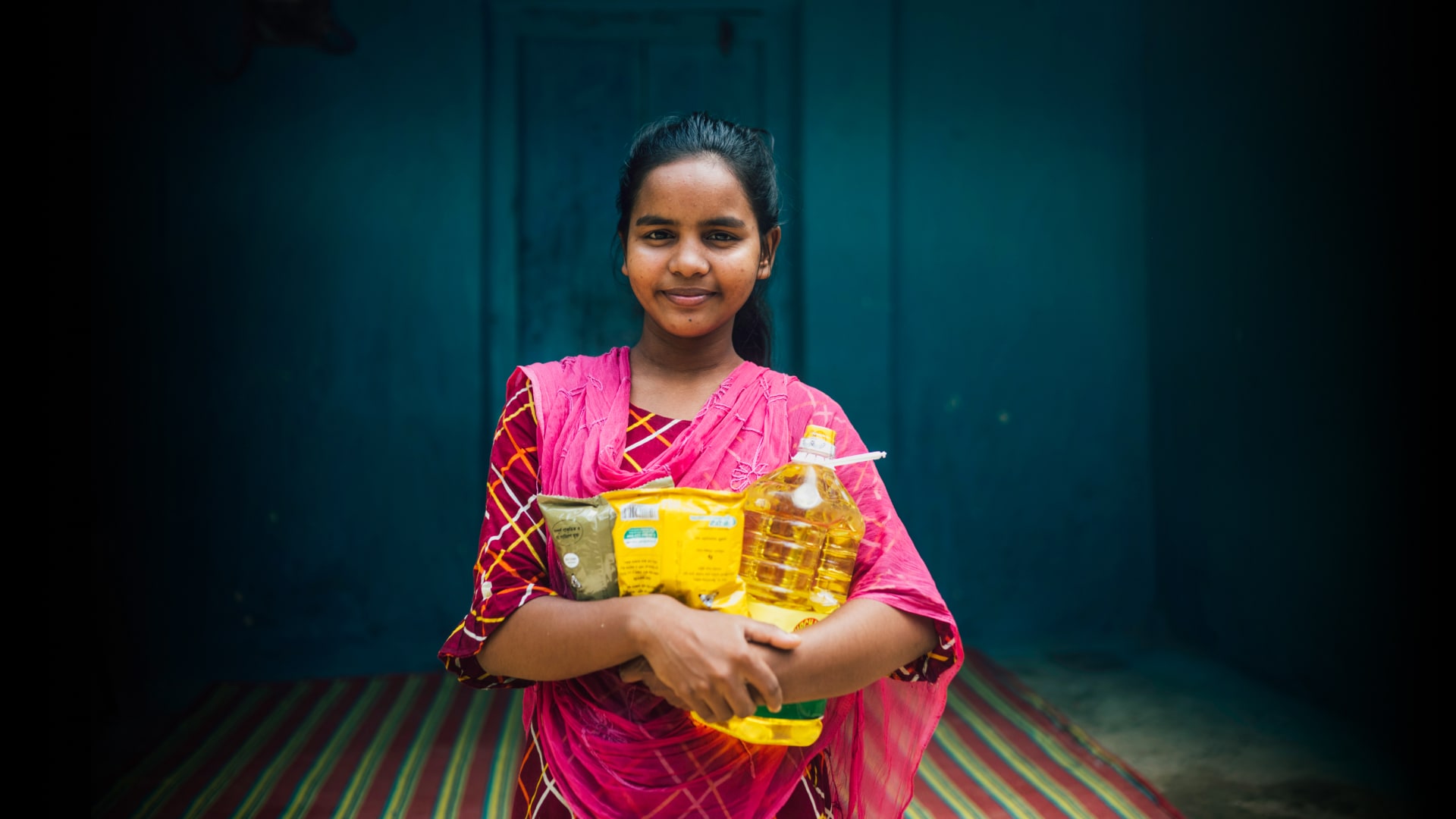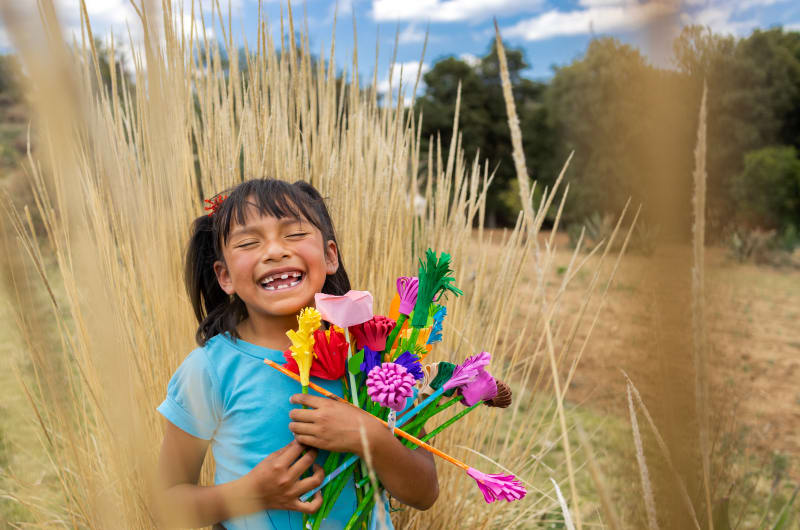Around the Christmas holidays, many charities send out gift guides. These guides feature many different ways to be generous and help people in need. But what really happens when you give a gift? Do charity Christmas gift guides really make a difference?
At Compassion, we invite you to give through Gifts of Compassion. Our gift guide is uniquely designed to be a meaningful and impactful giving experience for you that meets real needs expressed by the communities we serve. Here’s some more insight into Gifts of Compassion and what happens when you give!
Compassion’s gift guide: Two types of gifts
Accompanying some gifts in our Gifts of Compassion gift guide, you’ll notice a note that indicates that your gift will go towards a fund, such as the Income Generation Fund or Safety and Stability Fund, while other gifts have a progress bar on them. What does that mean? We’re here to tell you!
There are two types of gifts in our Gifts of Compassion gift guide:
1. Fund gifts
Fund gifts meet some of the most common needs of the children and families we serve around the world as identified by our local church partners. These are gifts like emergency food packs, backyard farming, mosquito-borne disease prevention, access to clean water and more.
Because these gifts are so common, they could go to almost any of our 8,000 local church partners around the world at any time, depending on their needs. As a result, we don’t always have the exact specifics to share with you in the gift guide. Instead, we put your gifts towards a fund that resources our local church partners as they express specific needs related to the gifts presented in the gift guide.
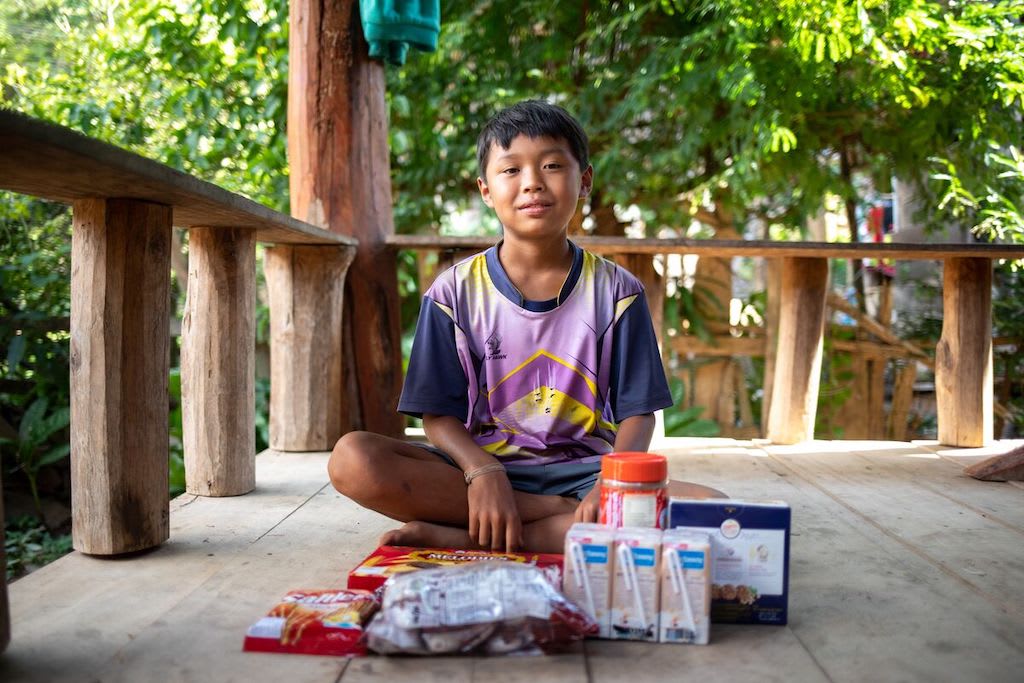
For example, when you buy the gift of Backyard Farming, your gift goes to the Income Generation Fund, which equips our local church partners to provide families living in poverty with resources to produce their own food, earn an income and build a foundation for a brighter future free from poverty. Your gift of Backyard Farming will be able to be directed where it’s most needed at any given time.
The word “fund” might make it sound like your gifts are sitting in a bucket somewhere, but rest assured it’s actually quite the opposite: fund gifts meet some of the most urgent needs identified by our local church partners. This “fund” model equips our church partners to use your gifts in the most effective way possible. It also means that if we encounter the awesome problem of too much generosity, your gifts can be easily re-directed within the fund to the closest related need.
2. Specific gifts
Unlike fund gifts, specific gifts meet a—you guessed it—specific need identified by one or a small group of our local church partners. In this case, we know the specifics of exactly where your gift is going and how big the need is.
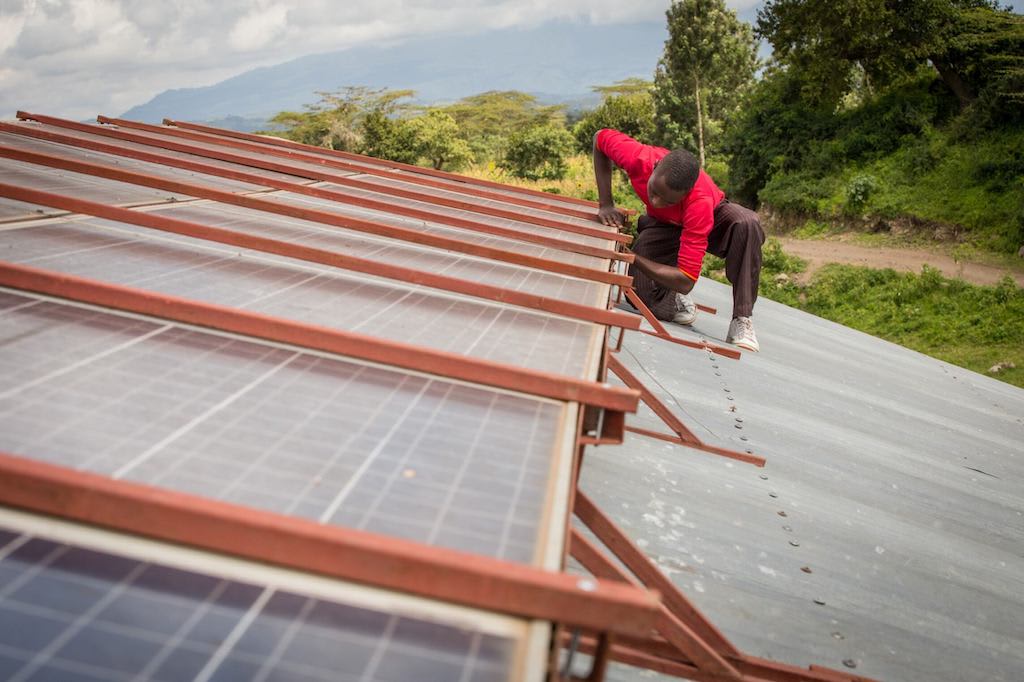
For example, one of our specific gifts this year is a Nutrition Workshop for Caregivers in Ecuador. Six of our local church partners in the Coast, Highlands and Amazon regions of Ecuador, where 27.7% of children suffer from chronic malnutrition, identified the need for focused attention on nutrition in children under the age of 5. In total, this initiative will cost $56,250 to run 7-month workshops for almost 800 caregivers. Through Gifts of Compassion, we’ll invite you to give a gift of $10 (one month for one caregiver) or $71 (full workshop for one caregiver) towards this project, and once the need is met in full, we won’t be raising funds for it anymore. Instead, we’ll add new gifts as our local church partners express the needs of their communities or we’ll invite you to give towards other related gifts.
That’s why you’ll notice these types of gifts have a progress bar on them. Together, we can track our progress towards meeting this specific need in full. This also means that not every gift in our gift guide will be available forever. So, if you see something you want to give towards, make sure to do it sooner than later!
Have more questions? Get in touch with us. Someone from our team would be happy to chat with you.
This year’s Gifts of Compassion funds
The Gifts of Compassion gift guide is broken down into six categories, each representing a fund. Here are this year’s Gifts of Compassion funds:
Income Generation
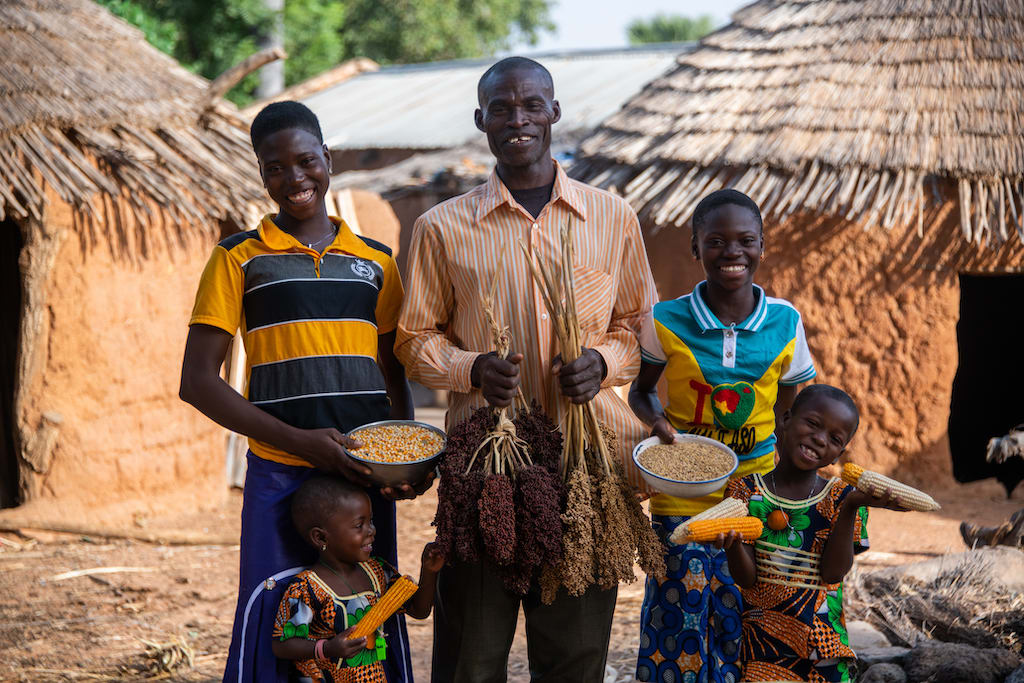
When you give to the Income Generation Fund, you provide families living in poverty with resources to earn an income: things like livestock, seeds, skills training and more. This is a gift that keeps on giving, as it helps families overcome the desperation that lack of skills, resources and opportunities creates, and gives them the stability they need to build a future.
Education and Training
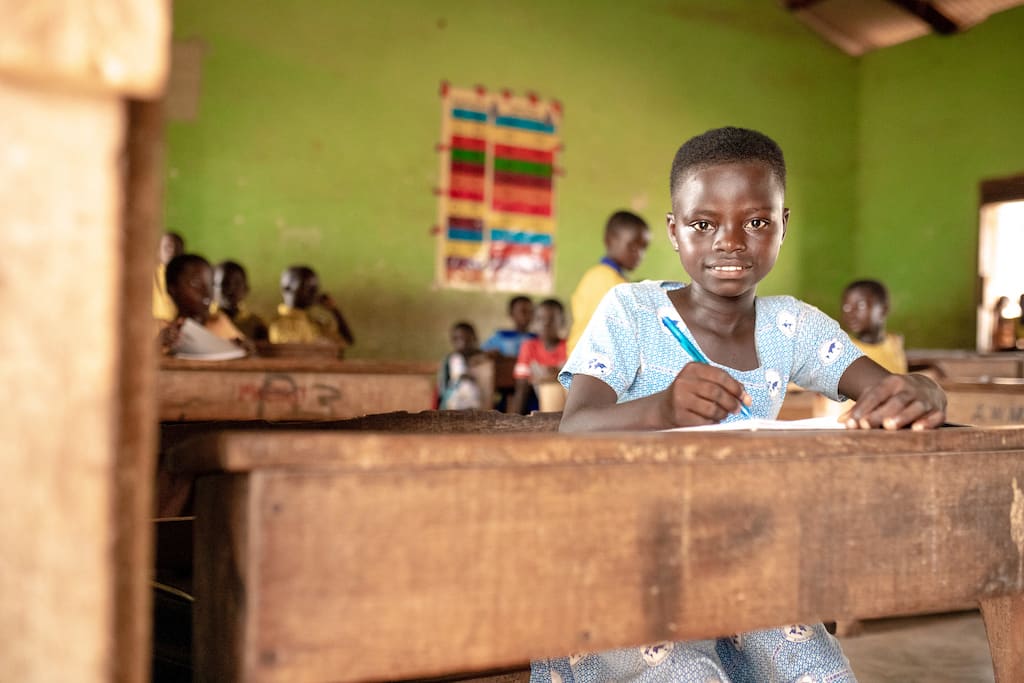
When you give to the Education and Training Fund, you provide children and youth in poverty with access to learning resources and educational opportunities to equip them for futures free from poverty. This includes computers, tuition for vocational training, college or university and other essential learning materials.
Moms and Babies
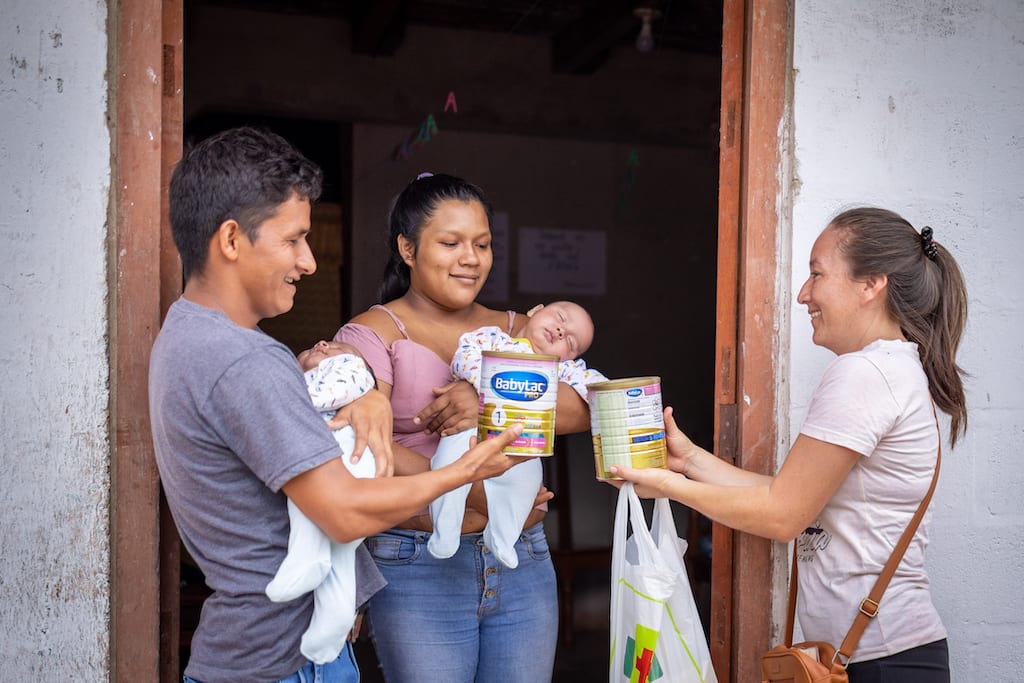
Did you know that most of the millions of children who die every year pass away in their first year of life from preventable causes? When you give to the Moms and Babies Fund, you help to change this tragic reality. Your gift will provide tangible care and life-saving support for moms and babies living in poverty. This includes prenatal healthcare, checkups, critical medical care, desperately needed food and essentials for newborns.
Health and Wellness
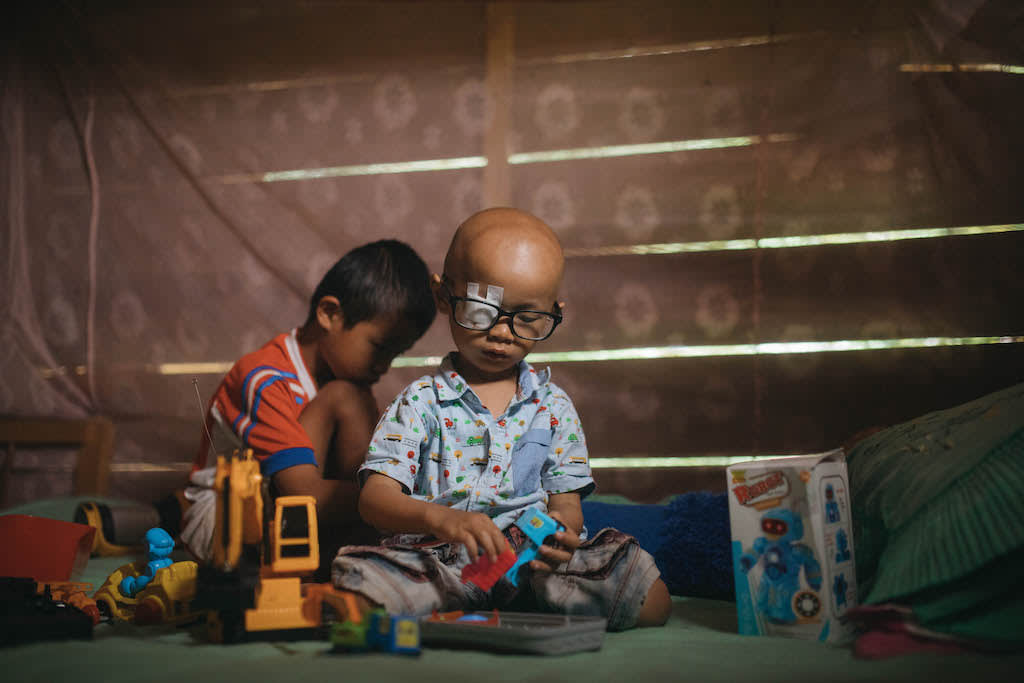
When you give to the Health and Wellness Fund, you provide children and their families with the resources to meet their most critical health needs and prevent disease and health complications in the future. This fund covers things such as mosquito nets, dental kits, food for malnourished children, access to medical care and preventative health education for children, youth and families.
Water, Sanitation and Hygiene
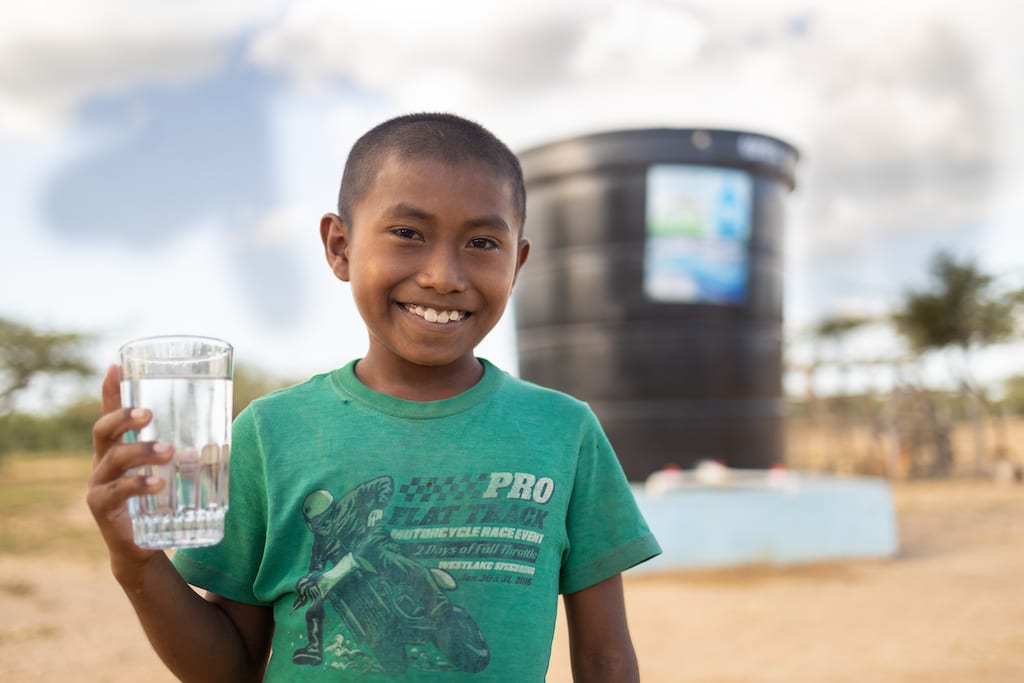
Water, sanitation and hygiene are some of our most basic needs, and a lack of access to them can be deadly. When you give to the Water, Sanitation and Hygiene Fund, you ensure that children around the world have clean water to drink. You also ensure they have the ability to practice good hygiene and protection from deadly diseases through things such as washrooms, hand washing stations and hygiene education.
Safety and Stability
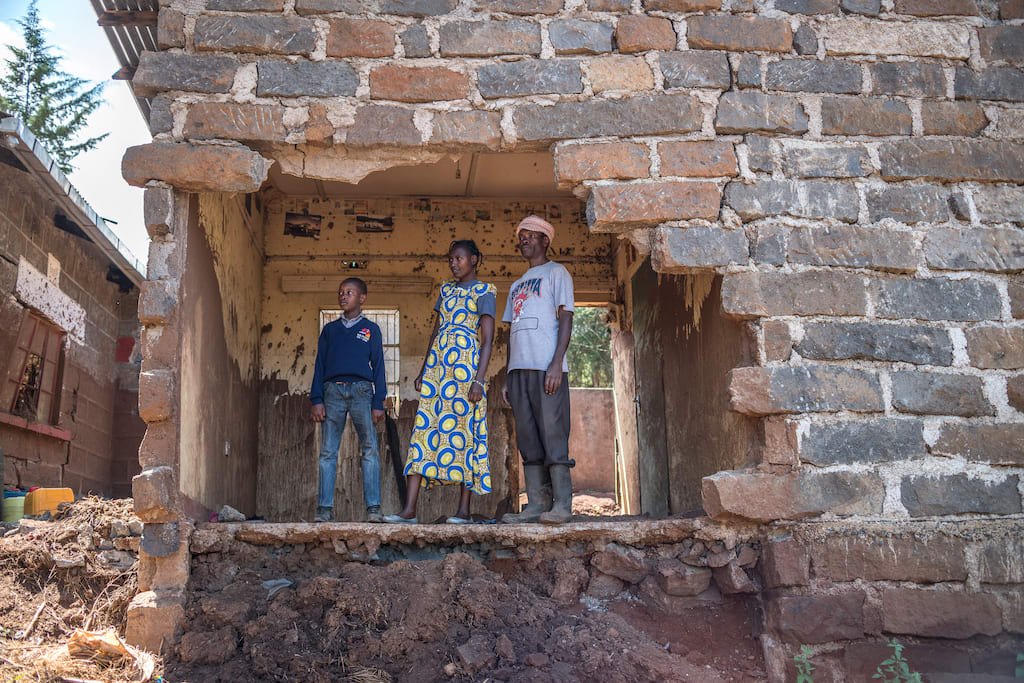
When you give to the Safety and Stability Fund, you provide vital essentials such as housing support and infrastructure improvements to families and communities in need, often in the aftermath of crises or environmental disasters. This fund also supports caregivers and communities in accessing training such as child protection workshops, ensuring safer communities where children are known, loved and protected.

